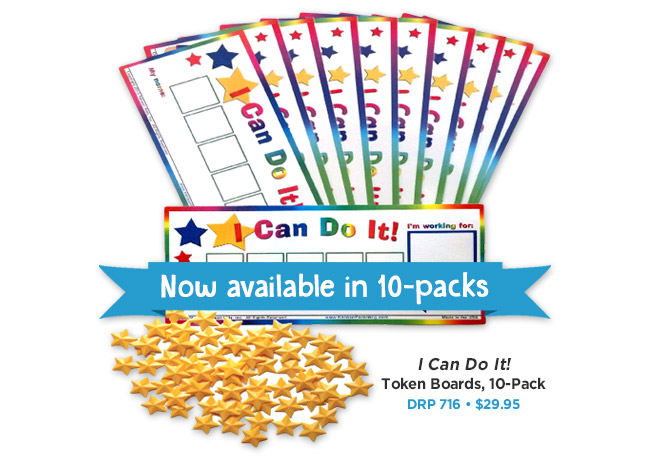Did you know that October is National Bullying Prevention Month? In an effort to raise awareness around issues of bullying for students with autism, we’re honored to feature this article on preventing bullying of students with ASD by Lori Ernsperger, PhD, BCBA-D, Executive Director of Behavioral Training Resource Center, on some tips and information for parents on protecting their children from disability-based harassment in school. To learn more about ASAT, please visit their website at www.asatonline.org. You can also sign up for ASAT’s free newsletter, Science in Autism Treatment, and like them on Facebook!
We have a nine-year old daughter with ASD who started 3rd grade in a new school. She is coming home every day very upset due to other students calling her names and isolating her from social activities. We wanted her to attend the neighborhood school but how can we protect her from bullying?
Answered by Lori Ernsperger, PhD, BCBA-D
Unfortunately, bullying and disability-based harassment is a common issue for individuals with ASD. As parents, you have a right to insure that the school provides a multitiered framework of protections for your daughter to receive a free appropriate public education (FAPE) in the least restrictive environment and free from disability-based harassment. Start with educating yourself on the current legal requirements and best practices for preventing bullying in schools.
Recognize
Recognizing the startling prevalence rates of bullying for students with ASD is the first step in developing a comprehensive bullying and disability-based harassment program for your daughter. According to the Interactive Autism Network (IAN, 2012), 63% of students with ASD were bullied in schools. An additional report from the Massachusetts Advocates for Children (Ability Path, 2011) surveyed 400 parents of children with ASD and found that nearly 88% reported their child had been bullied in school. According to Dr. Kowalski, a professor at Clemson University, “because of difficulty with social interactions and the inability to read social cues, children with ASD have higher rates of peer rejection and higher frequencies of verbal and physical attacks” (Ability Path, 2011).
In addition to recognizing the prevalence of bullying of students with ASD in schools, parents must also recognize the complexities and various forms of bullying. Bullying of students with ASD not only includes direct contact or physical assault but as with your daughter’s experience, it can take milder, more indirect forms such as repeated mild teasing, subtle insults, social exclusion, and the spreading of rumors about other students. All adults must recognize that laughter at another person’s expense is a form of bullying and should be immediately addressed.
Finally, recognizing the legal safeguards that protect your daughter is critical in preventing bullying. Bullying and/or disability-based harassment may result in the violation of federal laws including:
- Section 504 of the Rehabilitation Act of 1973 (PL 93-112)
- Title II of the Americans with Disabilities Act of 2008 (PL 110-325)
- The Individuals with Disabilities Education Improvement Act (IDEA) of 2004 (PL 108-446)
The Office of Civil Rights (OCR), along with the Office of Special Education and Rehabilitative Services (OSERS), have written guidance letters to all schools to clarify that educational institutions are held legally accountable to provide an educational environment that ensures equal educational opportunities for all students, free of a hostile environment. Any parent can access and print these Dear Colleague Letters and distribute them to school personnel working with their child.
- US Department of Education/Office of Civil Rights (October 2014)
- US Department of Education/Office of Special Education and Rehabilitative Services (August 2013)
- US Department of Education/Office of Civil Rights (October 2010)
- US Department of Education (July 2000)
Continue reading →




 J. Tyler Fovel, MA, BCBA’s essential manual for creating professional and effective ABA programs blends clear explanations of scientifically-based concepts and methodology, clinical examples and advice, and suggested implementation strategies. This revised edition presents information on:
J. Tyler Fovel, MA, BCBA’s essential manual for creating professional and effective ABA programs blends clear explanations of scientifically-based concepts and methodology, clinical examples and advice, and suggested implementation strategies. This revised edition presents information on:
